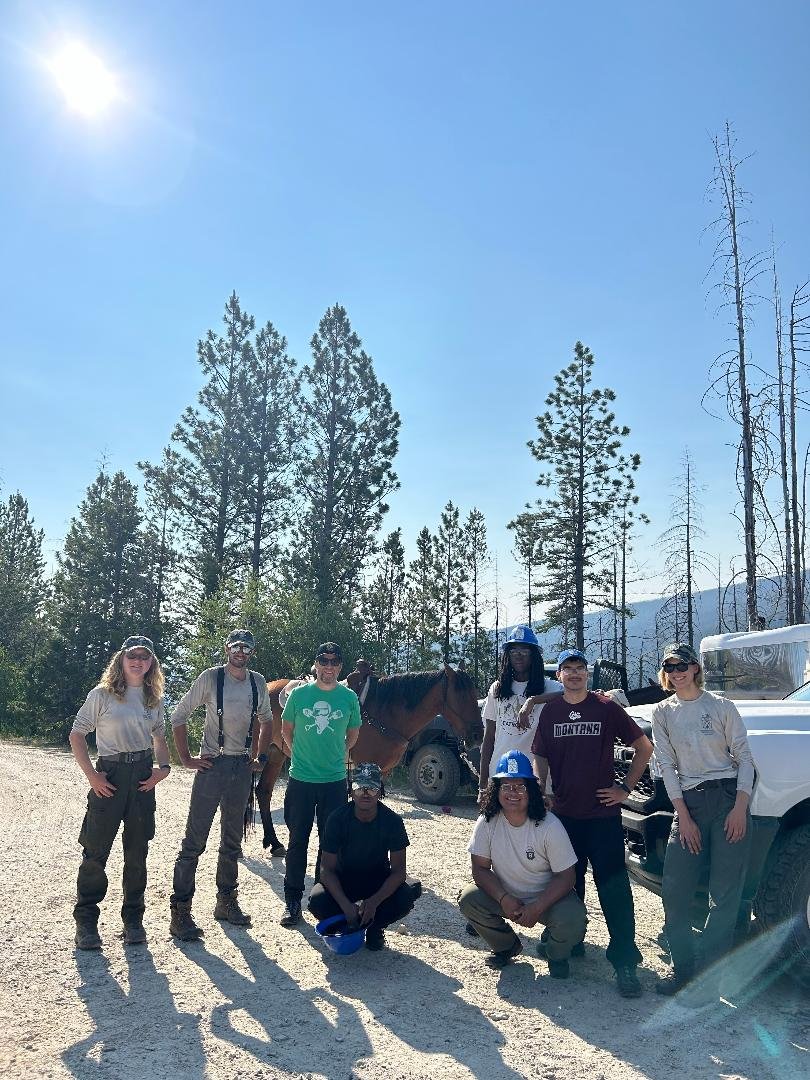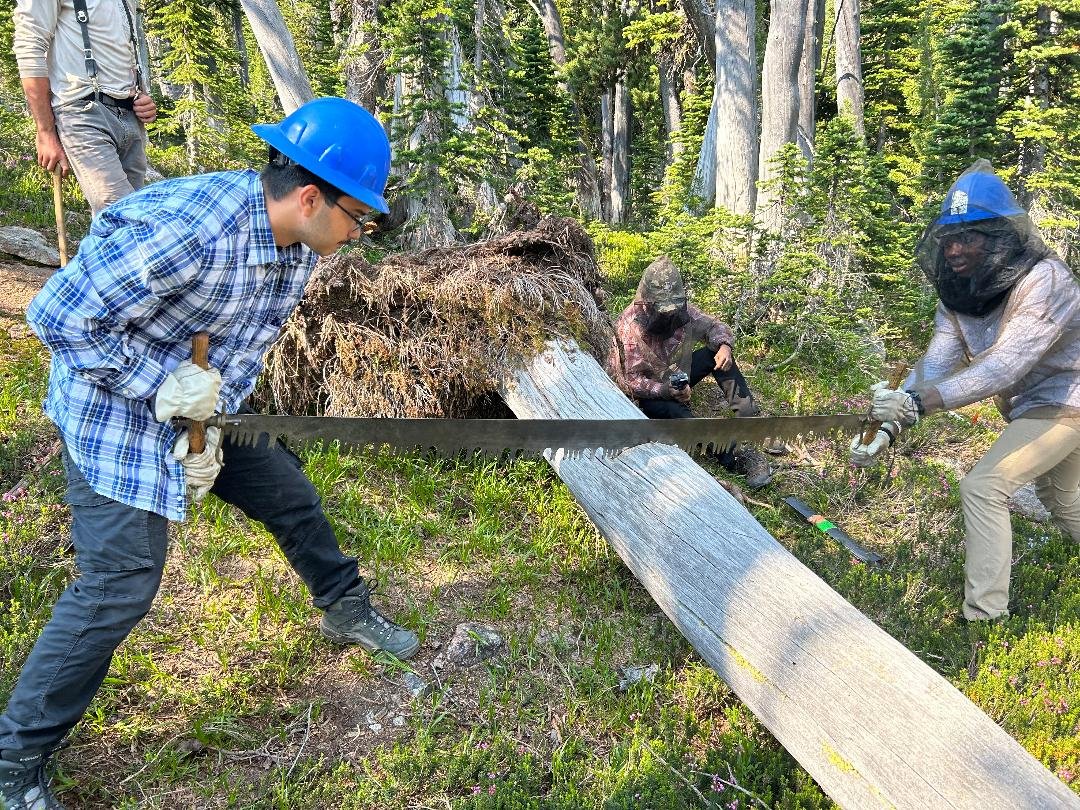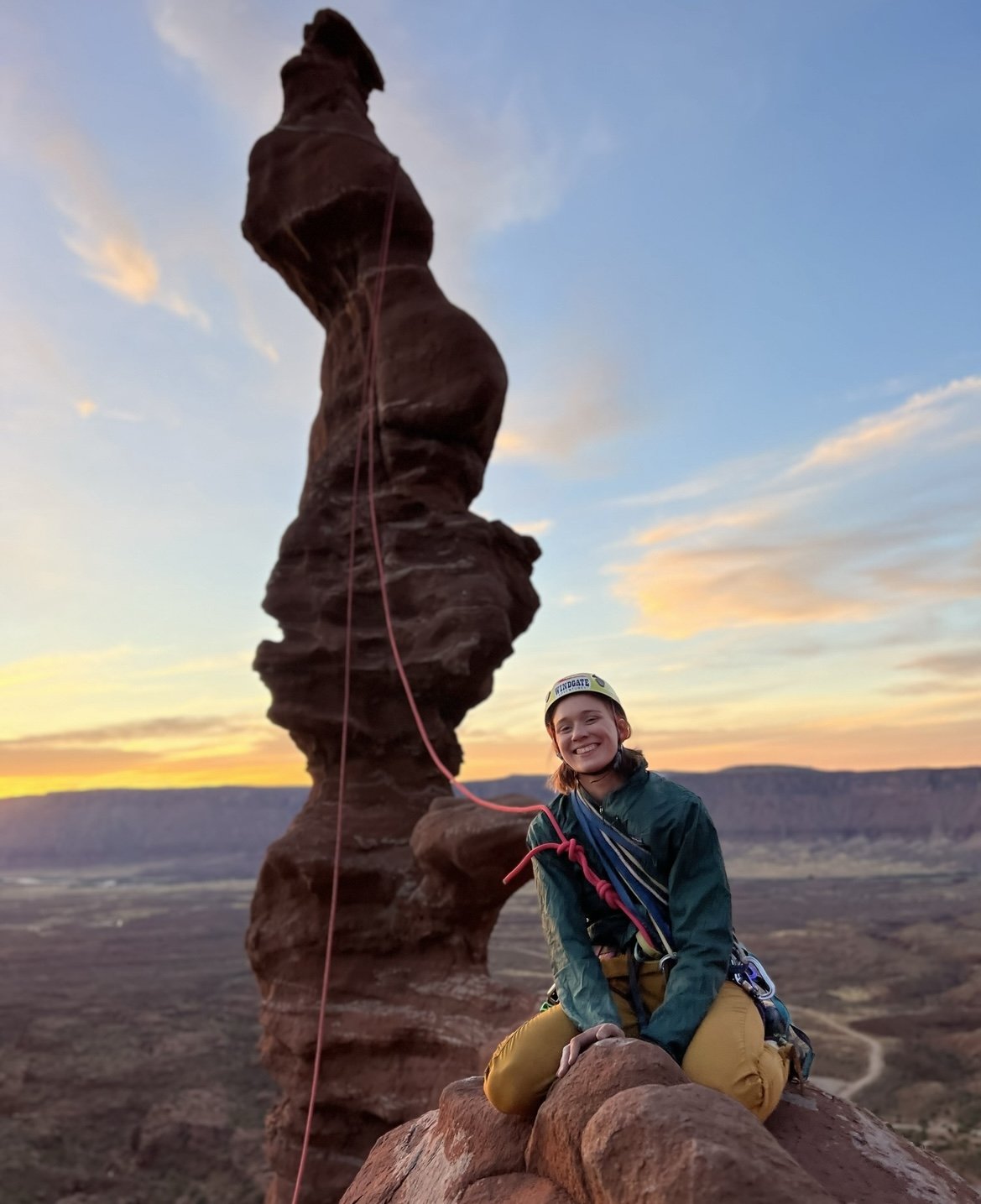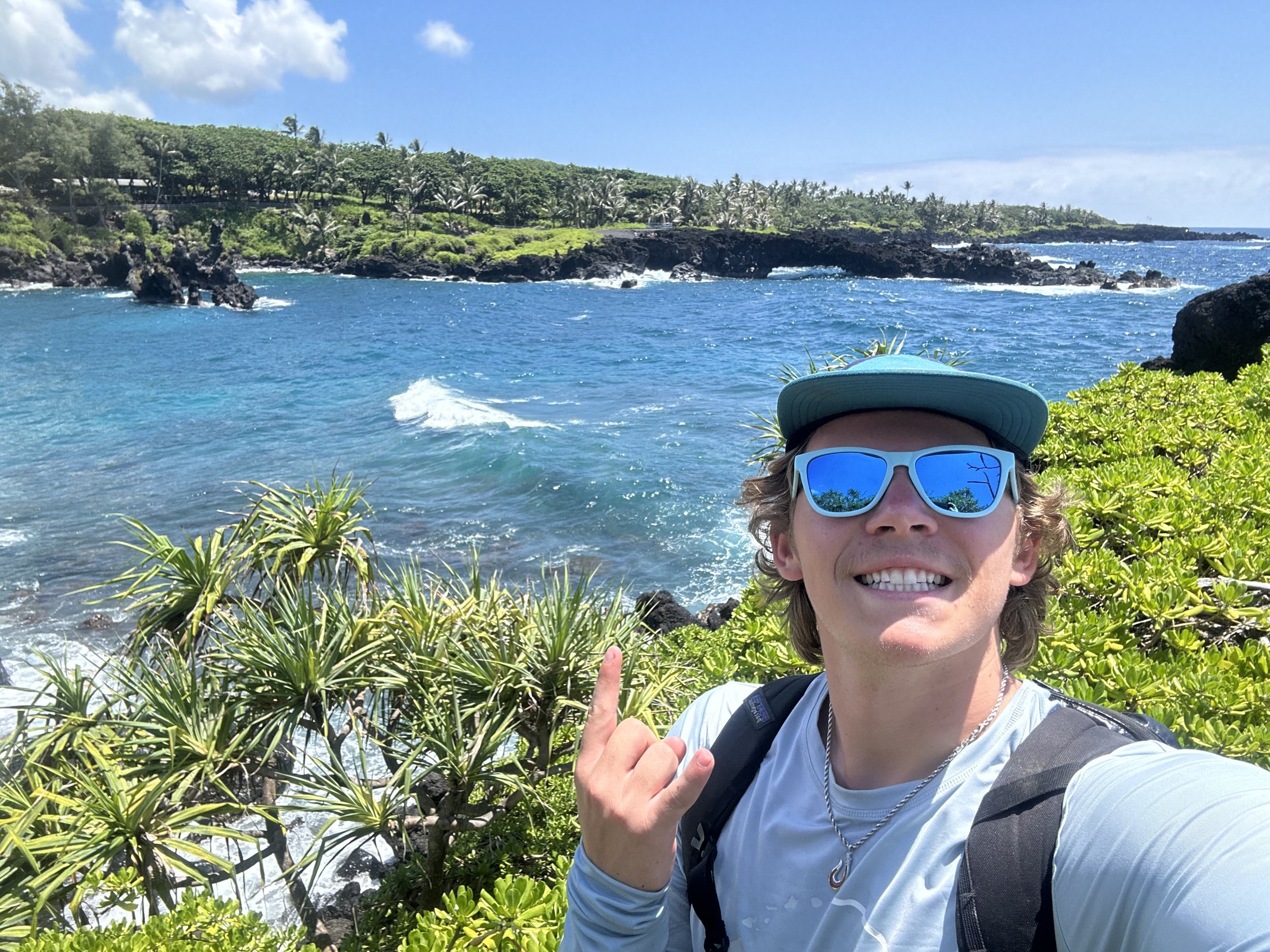Joshua Doležal - Guest Post
The road over Lolo Pass from Missoula was slick with rain, but the melancholy felt right. I knew this was the last summer I’d spend in the Selway-Bitterroot Wilderness where I’d been a ranger for two unforgettable seasons. I always listened to Emmylou Harris’s Wrecking Ball and Daniel Lanois’s Acadie on the drive up from Lolo and down along the Lochsa River into Idaho. The bass and steel guitar caught the exact pitch of the forest.
The year was 2005. I’d just finished my PhD in Nebraska and accepted a full-time faculty job in Iowa. It was everything I’d worked for, but it meant the end of my summer work. The demands of teaching at a small college wouldn’t allow it. My Forest Service supervisor and academic dean were equally unhappy with me, one for cutting my tour short in early August, the other for arriving two weeks after my contract began.
I didn’t know then just how far my future would carry me from the place that had become my spiritual home. But I knew I had three golden months left to savor it. As I turned onto the gravel road where the Lochsa and the Selway rivers merge to form the Clearwater, I could feel a plan taking shape. I was going to write a hundred poems that summer and turn them into a book.
It took me twenty years to make good on that promise. This is the story of how Someday Johnson Creek came to be.
There are many kinds of wilderness rangers. I was the foreman of a trail crew, which required backpacking into a remote station and working for ten days at a stretch clearing fallen trees and brush from the trail, sometimes repairing the tread or small bridges. Power tools are prohibited in wilderness areas, so we did all of our work with crosscut saws and axes. We ordered our food by handheld radio, and a packer delivered it by mule every ten days.
Backcountry trail maintenance is some of the most grueling work I’ve ever done. We often covered 40-60 miles over ten days, carrying all of our supplies and tools on our backs. It was my job to plan the routes, triage work priorities, and keep us all safe. This little pamphlet was my guide.
It is hard to write poems after swinging an axe all day, so I filled several notebooks with fragments and devoted my weekends to translating those notes into verse. Even if I didn’t have the mental energy to draft anything at the end of the day, I was gathering images and ideas all along while hiking, sawing a fallen cedar, or reshaping tread with a pick mattock. Often inspiration came in the form of metaphors which I imagined sharing with friends and family back home. When I made it back to the cabin with my crew for our four days of R&R, I spent most of my time reading and toiling away at my poems.
I drafted 120 poems that summer, but some of them fell flat, the way a dream fades in the morning light. Just 43 have survived. You can read some of them online, including “Duende,” “The Helicopter Pilot,” “The Skier,” and “Little Damascus.”
The poems identify some places clearly, but those familiar with the area might recognize the old guard station in “June Dream” as Shearer. “Mean” and “Bequest” were written while clipping brush between the Shissler lookout and Parson Springs along the Big Rock Trail. “The Logger” honors Ivan Hendren and his brother Shorty, who both entertained my crew during that final summer. “The Field” was written while repairing tread near Freeman Peak. “Molt” was inspired by a bear along the Selway Trail near Pettibone Creek. And “Little Damascus” came from a close encounter with a snake along Ditch Creek.
My crew headquartered at the Moose Creek Ranger Station.
The cover image comes from one of my own photos, looking from Lost Horse Pass toward El Capitan on the Montana side.
Lost Horse to El Capitan.
Someday Johnson Creek is dedicated to the memory of Connie Saylor Johnson, my wilderness mentor and friend. Connie was a high school Spanish teacher in Iowa for many years near the town where I was a college professor. She discovered the Idaho wilderness in the late 1980s. After raising her daughters, she moved to Idaho and devoted the rest of her life to wilderness conservation.
Connie and her husband, Lloyd, raised horses and mules and spent the summers in the backcountry. They believed that instead of breaking mules, you should win them with warmth, with a loving touch. They were like that with me, too, generous with hugs, a clap on the back, a firm hand on my shoulder. I thought it was hilarious that they’d named one of their mules Toad.
Lloyd cooked huge stacks of pancakes for me and my crew at the Moose Creek Station. I can’t look at a Bisquick box without thinking of him. He nicknamed me Sawzall and emailed me salty jokes throughout the winter. Connie read my poetry, showed me all the secret water sources on the topographical maps, and packed our gear to the first campsite on our next hitch. I have many fond memories of cooking feasts with her in the Moose Creek kitchen, laughing as we sweated over the griddle and stove. Whenever we found fresh huckleberries, I always picked a Nalgene full for Connie.
I loved Connie and Lloyd like my own grandparents and visited them even after I’d given up my wilderness work. The first time I tried to find their place near Kamiah, Lloyd came and stood in the middle of the road so I wouldn’t miss him. When I got a little closer, he pulled a bottle of beer out of his back pocket and grinned.
Visiting Connie and Lloyd at their ranch in 2007.
Connie packing our gear with Lillian and Toad.
Lloyd took a bad fall several years ago. His mule spooked and threw him down a steep slope on Mink Peak, where he shattered his leg and broke several ribs. Lloyd suffered all night in blizzard conditions until a medevac team rescued him the next morning (Connie wrote a moving thank you letter to the crew). He survived for some time under Connie’s care, but I know they both wished he’d drawn his last breath on that mountainside.
After Lloyd’s passing, Connie went to work as a camp cook for an outfitter. She was so happy to get back out into the wild country she loved that she didn’t mind staying in camp alone. But one October day while the outfitter was out hunting with his clients, Connie disappeared. Despite a prolonged search, no trace of her was found.
Connie loved the title poem in my collection and told me once that she had included it in her last will and testament. It is named for an actual place that I visited just once near the end of my final summer in the backcountry. I’m not sure it’s even listed on most maps, but I remember the name from the old wooden-bound topos at Moose Creek.
Someday Johnson Creek is what they call a feeder stream, bubbling out of an alpine spring to join other tributaries of East Moose Creek. My crew was working a loop that led over Bailey Mountain, past Isaac Lake, along a ridgetop where everything had burned to a crisp the year before. It is unnerving to hike through a moonscape like that where the ground is still black with char. But I’ve never seen anything like that creek. It was a ribbon of green running straight through the ash. The stream formed several man-sized pools before it dropped off the slope. It was a hot day, and I was glad to drop my pack, peel off my dusty clothes, and soak in one of those pools while I waited for my crew. Part of me is still waiting there.
That is the story of this book. It would be an honor to share it with the Selway-Bitterroot Wilderness community.
Hiking Lost Horse Pass with my crewmate Nick. To the south and west lie the Payette and Salmon-Challis National Forests.
Joshua Doležal is a book coach and editor. He is the author of a memoir, Down from the Mountaintop, a volume of poetry, Someday Johnson Creek, a Substack series, The Recovering Academic. He now lives in central Pennsylvania, where he thinks often of the Selway (partly because that is also his son's name).





























































